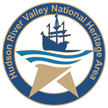|
Newburgh’s Shipbuilding Heritage in the Days of Wooden Ships & Sail By William duBarry Thomas (originally published in the Pilot Log, 2000) Newburgh was the shipbuilding center of the mid-Hudson region for well over a century and a half. Although the earliest accomplishments of local shipwrights are clouded by the passage of time, sailing vessels were constructed during the colonial days by such men as George Gardner, Jason Rogers, Richard Hill and William Seymour along the village’s waterfront, which extended approximately from the foot of present day Washington Street north to South Street. Strategically well placed at the southernmost point before one entered the Hudson Highlands, Newburgh became the river transportation center, serving the inland towns and village to the north and west. The Highlands form a magnificent scenic delight in the mid-Hudson region, but in the pre-railroad era they were decidedly unfriendly to the movement of goods and people. In short, the Hudson became a marine highway which connected upstate regions to the Metropolis at its mouth. A significant freighting business therefore developed at Newburgh, and, in addition, the village became one of the region’s bases for the whaling industry. Both of these undertakings required sailing vessels, and with forests of suitable timber nearby, the local shipbuilders were well placed to support the burgeoning commerce on the river. Much of this changed with the introduction of the steamboat in the summer of 1807, when Robert Fulton’s North River Steamboat made her first trip to Albany. It was inevitable that steam should be adopted almost universally on America’s waterways. The earliest steamboat built at Newburgh is reputed to have been the side-wheel ferry Gold Hunter, constructed in 1836 for the ferry between Newburgh and Fishkill Landing. We are not certain of the identity of her builder, but her appearance coincided with the start of local shipbuilding by the dynasty which dominated that industry locally for 110 years – Thomas S. Marvel; his son of the same name; and his grandson, Harry A. Marvel. The shipbuilding activities of these three generations of the Marvel family encompassed the period from 1836 until 1946, when Harry Marvel retired from business. Although their activity was not continuous throughout this period, the reputations of these men as master shipbuilders survived the periodic and all too frequent ups and downs that have always plagued this industry. The senior Thomas Marvel, born in Newport, Rhode Island in 1808, served his apprenticeship as a shipwright with Isaac Webb, a well known shipbuilder in New York. Around 1836, he moved to Newburgh and commenced building small wooden sailing vessels, sloops, schooners and the occasional brig or half-brig, near the foot of Little Ann Street, later moving to the foot of Kemp Street (no longer in existence). Among the vessels he built was a Hudson River sloop launched in the spring of 1847 for Hiram Travis, of Peekskill. Travis elected to name his vessel Thomas S. Marvel, a name she carried at least until she was converted to a barge in 1890. An unidentified 160-foot steamboat was built at the Marvel yard in 1853. She was described by the local press as a “new and splendid propeller built for parties in New York.” Possibly the first steamboat built by Thomas Marvel, this vessel was important for another reason – she was propelled by a double-cylinder oscillating engine built on the Wolff, or high-and-low pressure principle. Ernest Wolff had patented his design in 1834, utilizing the multiple expansion of steam to improve the efficiency of the engine. The Wolff engine was a rudimentary forerunner of the compound engine, which did not appear for another two decades. The younger Thomas joined his father in 1847, at the age of 13. The young man, who was born in 1834 in New York, was entrusted with building a steamboat hull in 1854. This was a classic case of on-the-job training, for the boat was entirely young Tom’s responsibility. She is believed to have been Mohawk Chief, for service on the eastern end of the Erie Canal. The 85-3/95 ton Mohawk Chief, 86 feet in length, was described in her first enrollment document as a “square-sterned steam propeller, round tuck, no galleries and no figurehead.” The dry, archaic language of vessel documentation was hardly accurate, for her builder’s half model, still in existence, proves that she was a handsomely crafted little ship with a graceful bow and fine lines aft. The elder Thomas Marvel retired from shipbuilding at Newburgh sometime before 1860. He later built some additional vessels elsewhere, including the schooner Amos Briggs at Cornwall. He may have commanded sailing vessels on the river in his later years, for he was referred to from time to time as “Captain Marvel.” By the mid-1850s, the younger Thomas Marvel had become a thoroughly professional shipwright, and undertook the management of the yard’s operation, at first as the sole owner and later in partnership with George F. Riley, a local shipwright. The partnership continued until Marvel volunteered for service in the Union Army almost immediately after the start of the Civil War in April 1861. He served as Captain of Company A of the 56th Regiment until he was mustered out due to illness in August 1862. He returned to Newburgh, but shortly afterwards moved to Port Richmond, Staten Island, where he built sailing vessels and at least one steamboat. A two-year period in the late 1860s saw him constructing sailing craft on the Choptank River at Denton, Maryland, after which he returned to Port Richmond. During the Civil War and for a few years afterwards, George Riley continued a modest shipbuilding business at Newburgh, later with Adam Bulman as a partner. They went their separate ways in the late 1860s, and Bulman teamed with Joel W. Brown in 1871, doing business as Bulman & Brown. For the next eight years, they build ships in a yard south of the foot of Washington Street, where they turned out tugs, schooners and barges. Their output of tugs consisted of James Bigler, Manhattan, A.C. Cheney and George L. Garlick, and their most prominent sailing vessels were the schooners Peter C. Schultz (332 tons) and Henry Pl Havens (300 tons), both launched in 1874. Another source of business was the brick-making industry, which required deck barges to move its products to the New York market. Nearly all of the 19th century New York City was built of Hudson River brick, and the brick yards on both shores of Newburgh Bay contributed to this enormous undertaking. In 1872 alone, Bulman & Brown built at least five brick barges for various local manufacturers. Vessel repair went hand in hand with construction. Bulman & Brown built and operated what might have been the first floating dry dock at Newburgh. In 1879, the firm moved to Jersey City, New Jersey, and Newburgh lost a valuable asset. This prompted Homer Ramsdell, the local entrepreneurial steamboat owner, to finance the construction of a marine railway located at the foot of South William Street. Ramsdell, whose interests included the ferry to Fishkill landing and the Newburgh and New York Railroad, as well as his line of steamboats to New York, wanted to be sure that his fleet could be hauled out and repaired locally without the need for a trip to a New York repair yard. The mid-1870s, which marked the end of the wooden ship era at Newburgh and the start of the age of iron and steel, brings us to the close of this portion of the sketch of the area’s shipbuilding. From this time onward, the local scene would change radically. The firm of Ward, Stanton & Company, successors to Stanton & Mallery, a local manufacturer of machinery for sugar mills and other shoreside activities, entered shipbuilding and persuaded Thomas S. Marvel to join the company in 1877 to manage its shipyard. Newburgh, which had been incorporated as a city in 1865, was about the enter the major league in ship construction. Here is a full list of all the boats built by Marvel Shipyard over the years.
If you enjoyed this history article, please consider donating to support the RiverWise project.
0 Comments
|
AuthorThis Captains' Log is kept by the captains and crew of Solaris and Apollonia and staff of the Hudson River Maritime Museum. ArchivesCategories
All
|
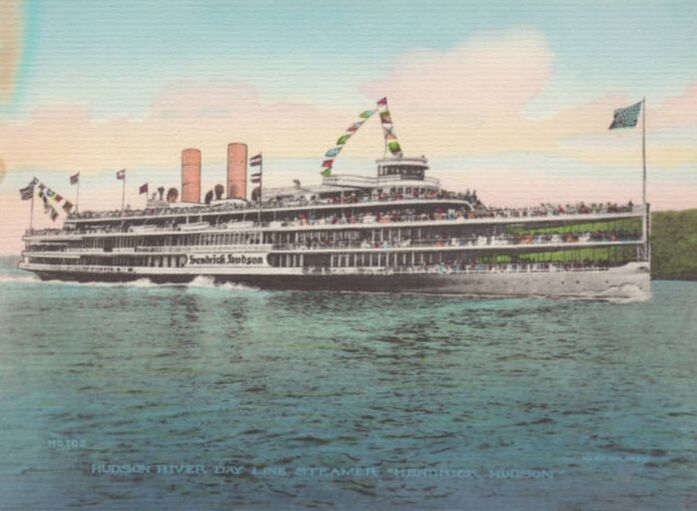
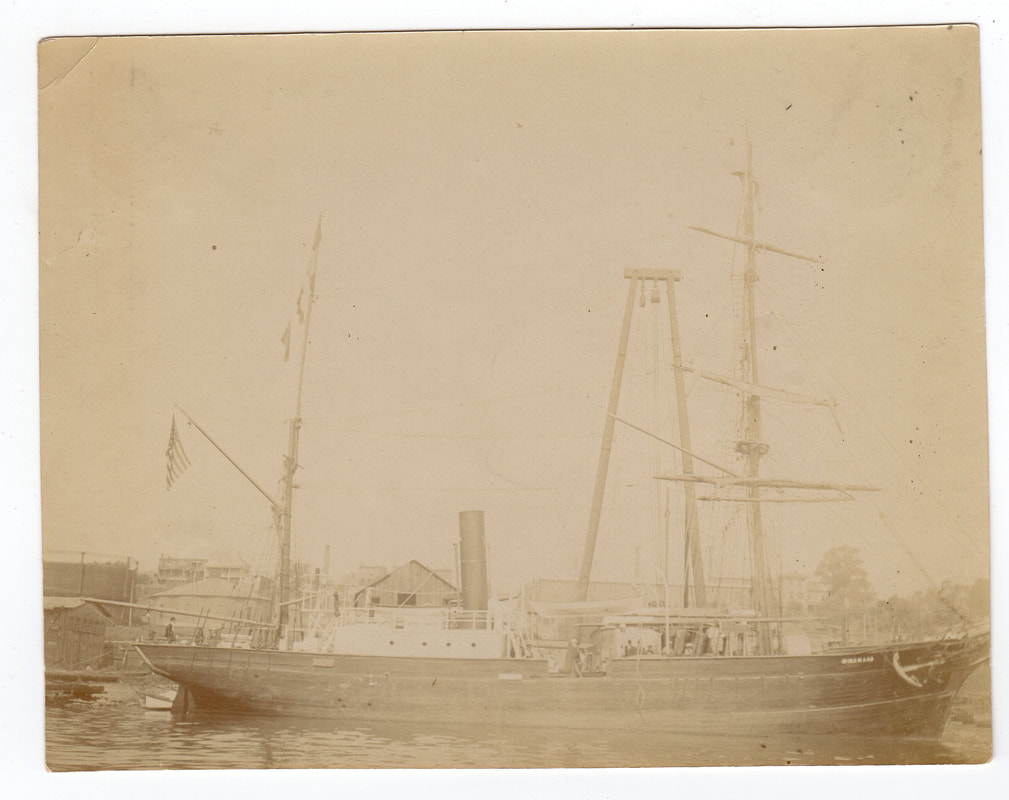
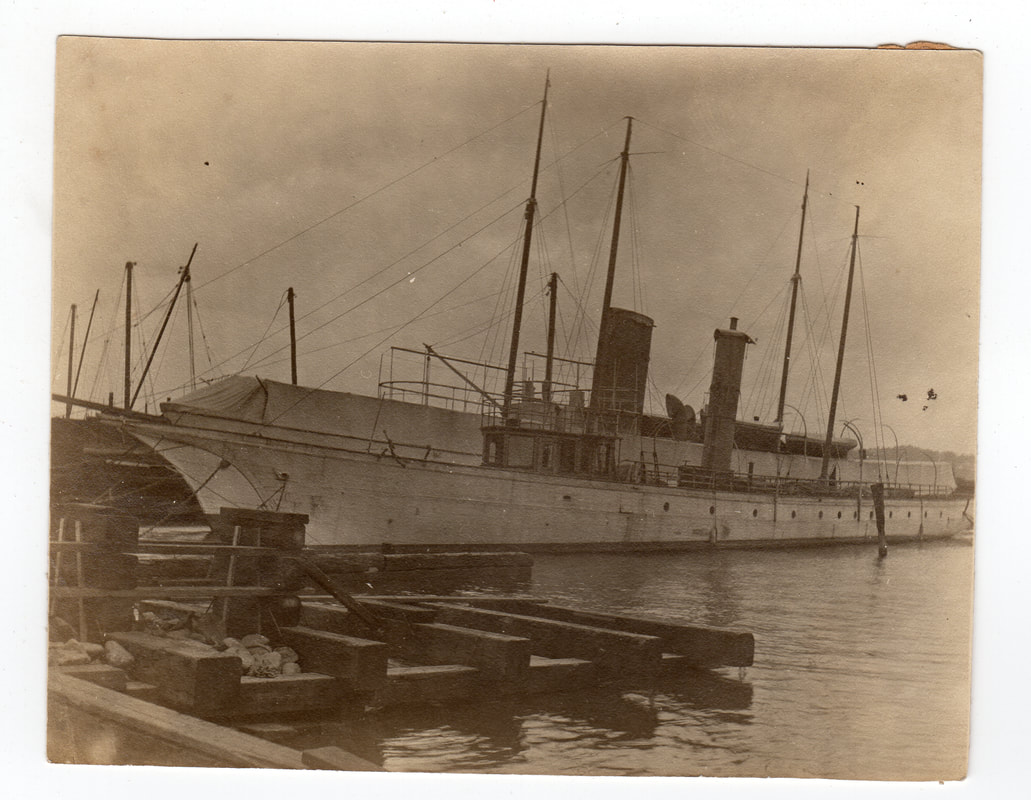
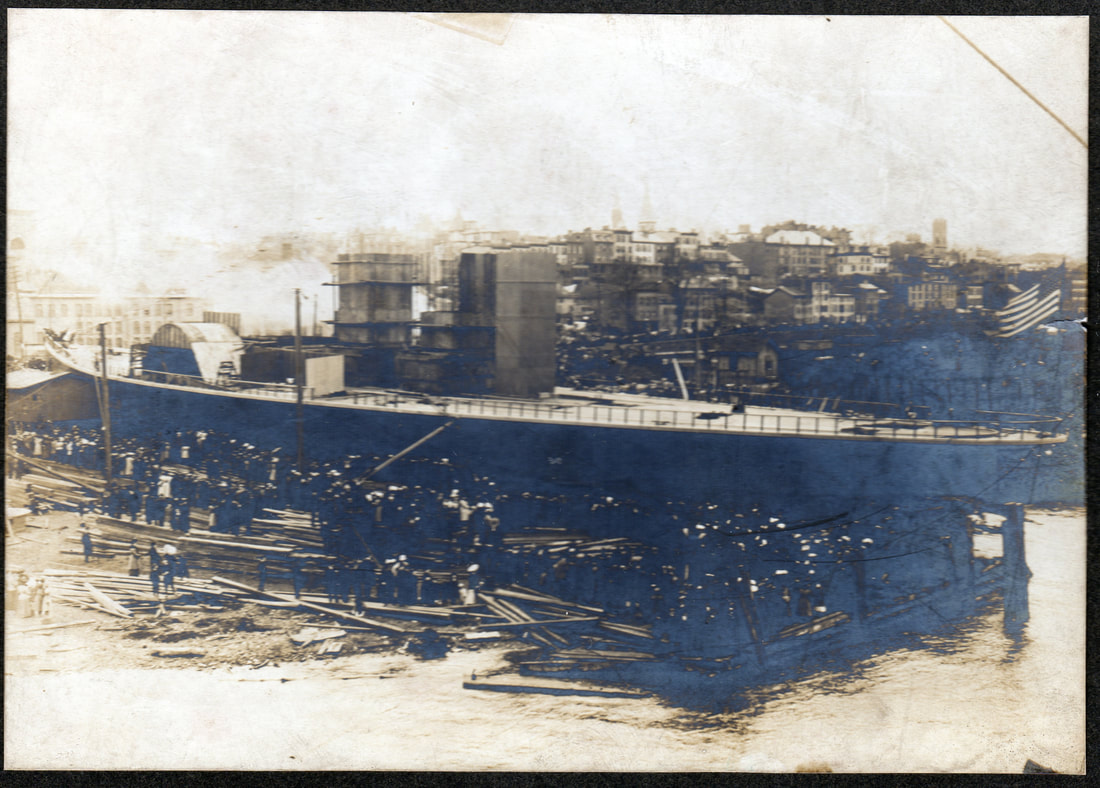
 RSS Feed
RSS Feed
